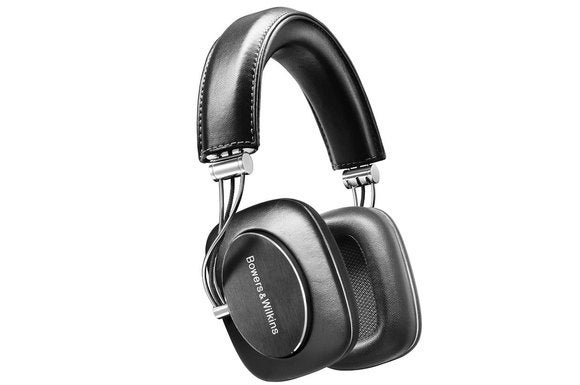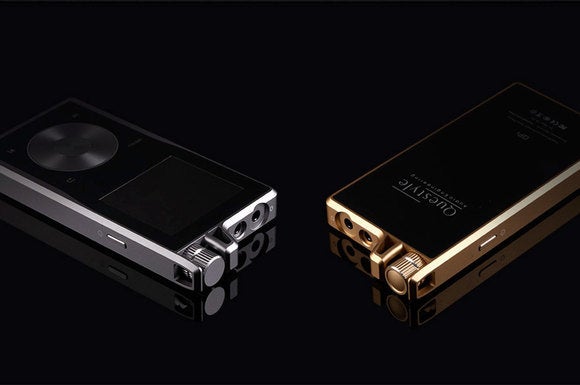While TVs have become better and better over the past 15 years, audio has taken several steps backwards. Many of us have sacrificed fidelity in pursuit of convenience and portability, adopting inferior audio codecs such as MP3 and making them our new benchmarks. Lossy formats such as that strip music of its dynamics, detail, and vitality. But it doesn’t have to be that way. Pick up a high-resolution digital audio player (DAP) and you can have your cake and eat it, too.
Unlike old-school MP3 players, Apple’s iPod touch, or the typical smartphone, high-res DAPs are designed with high-end audio circuitry, high-powered digital-to-analog converters (DACs), and amplifiers that can drive a wide range of audiophile-class headphones. Their exclusive purpose is to play music, and while they can play just about any type of music file, they’re really designed for the formats and codecs that deliver better-than-CD quality.
Updated September 12, 2022 to add a link to our Astell&Kern A&ultima SP3000 review. The SP3000 is now our top pick in this category.
Astell&Kern A&ultima SP3000 — Best digital audio player
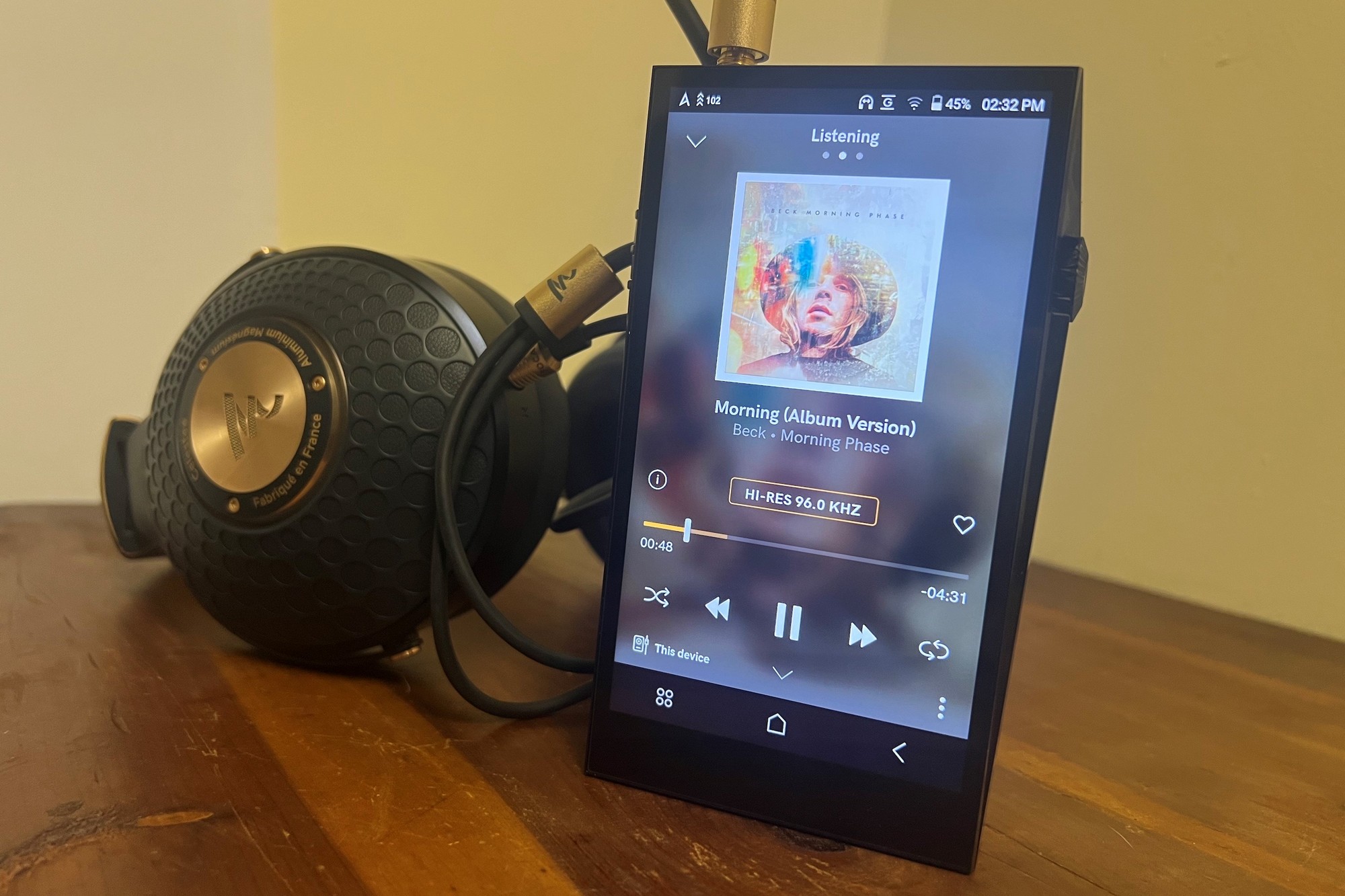
Pros
- Truly spectacular music reproduction
- Responsive and intuitive software
- Incredibly versatile: DSD512, 32-bit/768kHz PCM, MQA, aptX Adaptive, LDAC, and more
- Balanced headphone outputs
- Luxurious build quality
Cons
- Must be paired with premium headphones to get your money’s worth
- Very expensive
You’ll still need deep pockets to afford the world’s best digital audio player, but you’ll no longer need to tolerate the quirky and often slow operating system that was one of the few downsides to Astell&Kern’s SP2000T. The all-new A&ultima SP3000 is the ultimate high-res digital audio player. As exquisite to look at as it is to listen to, this mobile device boasts four high-end DACs, support for both balanced and unbalanced headphones, support for every Hi-Res music format and service that counts, and much, much more.
Astell&Kern A&ultima SP2000T — Best digital audio player, runner-up
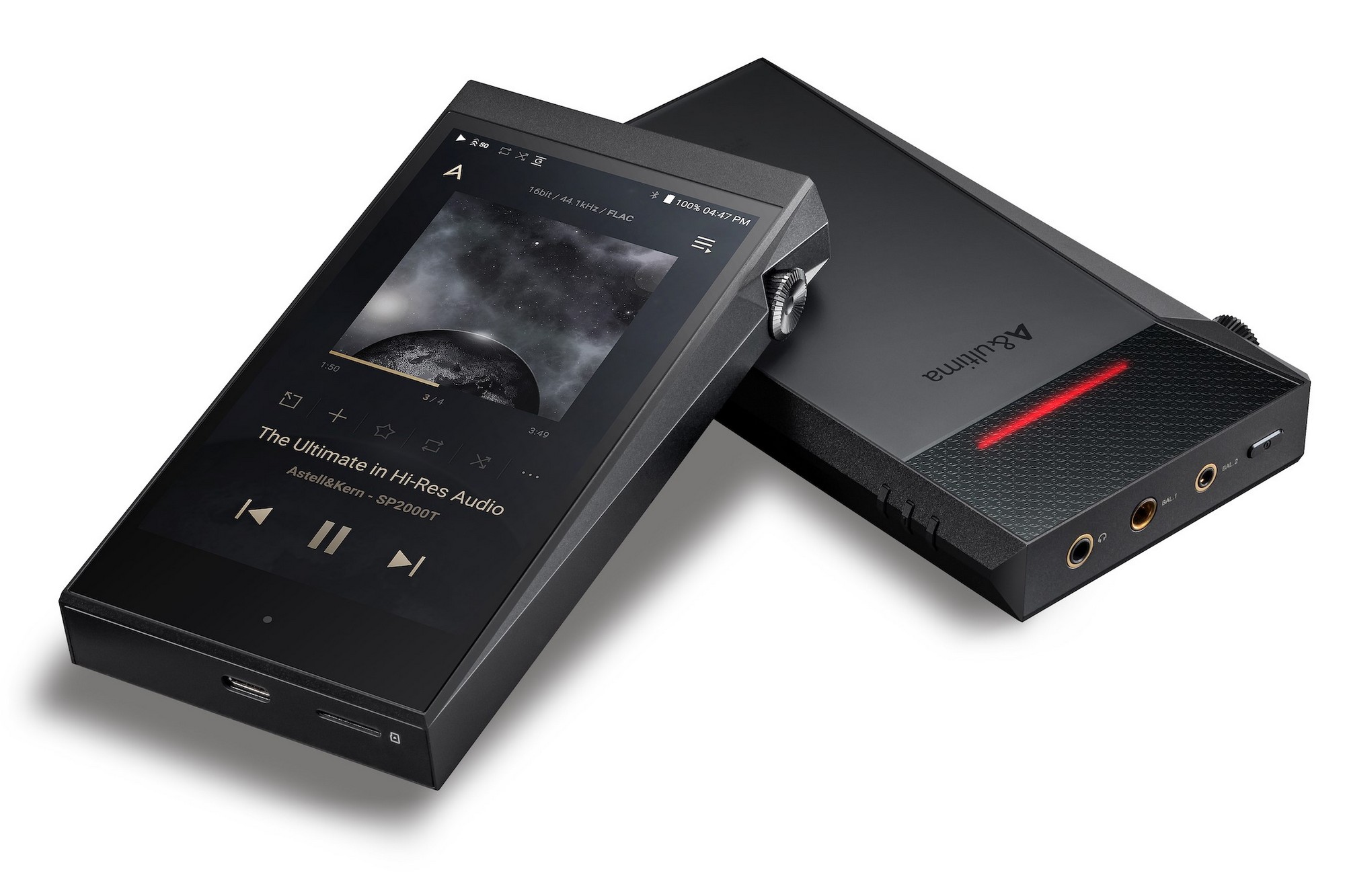
Pros
- 4 DACs—two for each channel—deliver hyper-detailed audio performances
- Onboard tube amp offers a warm, vintage sound option
- Exquisite build quality
Cons
- Frustratingly slow software
- Expensive
Astell&Kern maintains its 1-2 finish in this category, because our former top pick–the A&ultima SP2000T–has lost none of luster. It also has four DACs onboard, along with support for both balanced and unbalanced headphones. And it delivers impeccable audio performance that leaves little to be desired. It’s not as fast or as smooth as the SP3000, but it costs a whole lot less–for a luxury high-resolution audio player, that is.
How we tested
We state which headphones were used to review each player, but our standbys include the Bowers & Wilkins’ P7, B&W P5 Wireless, B&W C5 (Series 2), Focal Celestee headphones in a variety of listening environments.
We copied a collection of high-res ALAC, FLAC, and DSD music files to 64GB microSD cards and used them with all three players. Test files were encoded with 24-bit resolution at sampling rates ranging from 48- to 192kHz. Some of the music files we used were supplied by the manufacturers; others were purchased from HDTracks, B&W’s Society of Sound, AcousticSounds, and similar high-res music-download sites. We also purchased some of the same albums on CD and from the iTunes store (the latter as lossy AAC-encoded files) for comparison.
Features to look for when you shop
Selecting a high-res DAP can be daunting. They come in all shapes, sizes, and price points. I’ve outlined some feature you should look out for.

Along with ALAC, FLAC and DSD are two of the more popular lossless audio codecs you’ll see for high-res music.
Audio codec support: This spec is important. You need lossless, high-res music files to take full advantage of a high-res DAP. We recommend that you look for a player that supports, at a minimum, ALAC, DSD, and FLAC files since those are the most common codecs that high-resolution download sites use. These are the most common audio codecs you’ll encounter (in alphabetical order):
- AAC (Advanced Audio Coding) A lossy codec commonly used by iOS devices and at the iTunes store)
- ALAC (Apple Lossless Audio Codec) Commonly used by iOS devices
- APE A free and very efficient lossless codec from Monkey’s Audio
- AptX Adaptive A near-CD-quality audio codec supported by some Bluetooth devices
- DSD (Direct Stream Digital) A high-resolution codec that originated with SACD (Super Audio CD)
- FLAC (Free Lossless Audio Codec) A common free lossless codec
- MQA (Master Quality Authenticated) A digital audio file format that applies a digital fingerprint to a file to guarantee it was sourced from the original master recording
- MP3 (MPEG audio layer 3) A very common lossy codec
- Ogg-Vorbis A lossy codec that is popular, but less common than MP3
- WMA (Windows Media Audio) A lossy codec commonly used by Windows devices
- WMAL (WMA Lossless) a lossless codec commonly used by Windows devices
User interface: Aside from physical characteristics, differences between user interfaces can be dramatic, and they can make or break your overall experience. Some players are based on the Android operating system and will be very familiar to Android smartphone users. Other players have proprietary user interfaces with a touchscreen, a click wheel, or navigation buttons. The player’s user interface can influence what you can and can’t do on the player (such as searches) and how easily you can perform certain tasks (such as creating playlists).
Font sizes and legibility vary greatly among the different DAPs, and some don’t you to adjust the font sizes. If you have trouble reading small font sizes, then you should consider a model that runs the Android OS, which will provide font-sizing options and other accessibility options.
Volume button location: The location and size of the volume controls are surprisingly important. The location of the volume button can determine whether or not you can use a player with one hand.
Transferring songs: Copying songs to external microSD cards is drag-and-drop simple, but the way a DAP handles copying music files to its internal storage varies from one DAP to the next. Some players, like the Pioneer XDP-100R, will mount on your computer like a hard drive, so you can drag-and-drop copy; others require software on the host computer (and in some cases, that software might be available only for Windows). Check the specs carefully.
Storage capacity: High-res DAPs have both internal storage and expandable storage via microSD card slots. Because high-res music files are significantly larger than MP3s or iTunes AAC-encoded files, we recommend having a minimum internal storage of 32GB and at least one—preferably two—microSD slots.
DAC (digital-to-analog converter): The DAC is one of the most important elements in a digital audio player’s design. This is the hardware that converts a digital signal into an analog signal that you can hear through headphones or loudspeakers connected to an amplifier. Some DAPs can also serve as a high-end USB DAC for your computer, keeping the signal in the digital domain until it emerges from the noisy environment inside your computer.
Two specs measure a DAC’s capabilities: Resolution (expressed in bits) and sampling rate (expressed in thousands of cycles per second and notated as kHz). We recommend that you look for players whose DACs support at least 24-bit/192kHz, which will enable it to decode a digital signal encoded with up to 24 bits of resolution at a maximum sampling rate of 192kHz. Note that these specs measure conversion capability, not necessarily the quality of the resulting conversion.
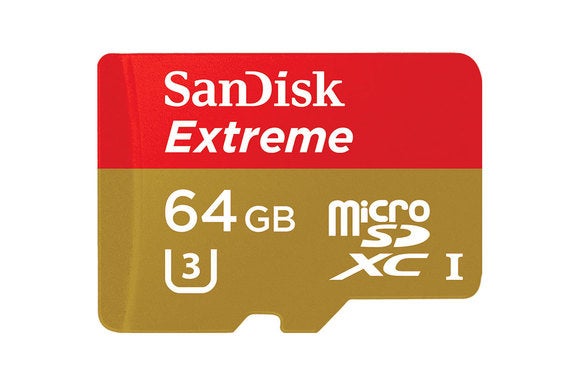
Most high-res digital audio players will support microSD cards up to 200GB. Be sure to use high-quality, name-brand cards.
Native DSD playback: DSD is the digital audio format used by SACDs. Many high-res DAPs support DSD, but not all do. And not all players handle DSD files in the same way.
Most players convert DSD into PCM (Pulse Code Modulation) for playback. Some people object to the notion of converting DSD to PCM. If you share this concern, then look for a player that plays DSD files natively. Whether or not you can hear a difference between the native DSD file or the converted PCM is beyond the scope of this roundup.
Bluetooth: Not all high-res players come with Bluetooth. If you plan on using Bluetooth wireless headphones with your digital audio player, we recommend that the player supports aptX, which promises near CD-quality wireless playback. Some newer DAPs also support aptX HD (also incorporated into aptX Adaptive), which enables the player to stream digital audio files with 24-bit resolution and sampling rates as high as 48kHz (i.e., better-than-CD quality). With both codecs, the player and the headphones you pair with them must be capable of supporting the codec.
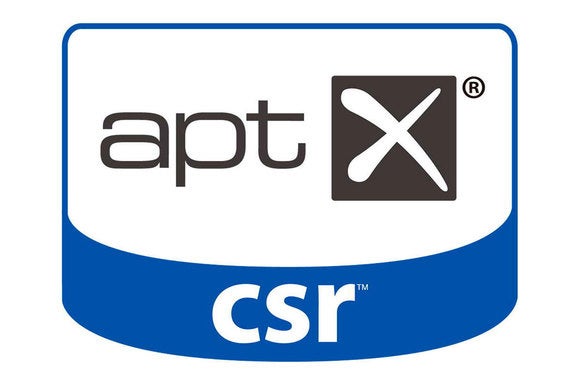
Some high-res players support Bluetooth streaming and others don’t. You’ll get the best Bluetooth experience with equipment that also supports the aptX codec, which delivers near-CD-quality audio.
Streaming services: If you want to access streaming services such as Tidal (one of few that stream FLAC and that also supports MQA files), take note: Not all high-res DAPs are equipped with Wi-Fi adapters, and even fewer have integration with streaming services. If streaming services are important to you, be sure to buy a DAP that can connect to Wi-Fi networks.
Remote control: Many (if not most) of today’s high-resolution DAPs come with their own analog-style volume controls. Consequently, most DAP’s do not work with in-line headphone remote controls. If this feature is important to you, then check the manufacturer’s specifications carefully.
Hi-Res Audio logo: Some DAPs bear the Hi-Res Audio consortium’s logo. A DAP bearing this logo doesn’t necessarily mean that it outperforms one without the logo, it just means that its manufacturer has paid a licensing fee and has agreed to follow a set of product guidelines and performance requirements.
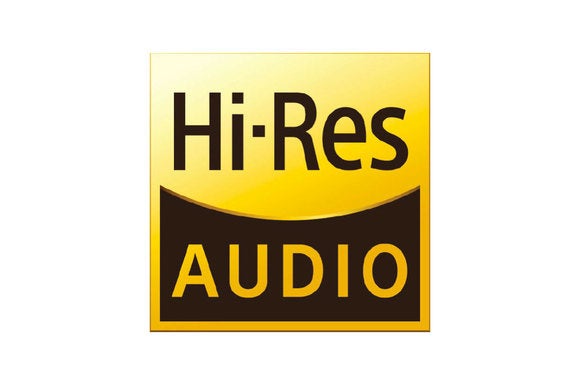
Some DAPs will bear the Hi-Res Audio logo. This certification indicates that the player meets a set of minimum specifications for playing back high-res music files.
What do you need to experience high-res music?
John Siau, Vice President of Benchmark Media Systems, wrote an excellent summary of what high-res music is—and is not. It’s a great introduction to the topic. Needless to say, in order to experience the audible benefits of high-resolution music, you need a high-quality component at every stage of the signal path. For the purposes of this discussion, that means music recorded, mastered, and encoded in high-res; a digital audio player—the DAC and amplifier elements—that supports high-res playback; and headphones capable of reproducing high-res music. Your playback will only be as good as the weakest link in your system.
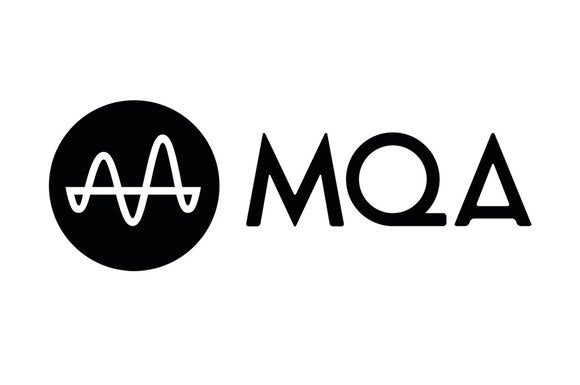
The newish Master Quality Authenticated (MQA) format certifies that the musical track was sourced from the original studio-master recording.
Headphones: While you might enjoy your Apple earbuds for walking down the street, they won’t deliver the full benefit of high-res music played through a high-res DAP. You’ll want to invest in a high-quality pair of headphones—preferably the over the ear type—which have larger drivers, greater dynamics, and the added benefit of lowering the noise floor as you listen. High-quality headphones can be found for a few hundred dollars, with premium audiophile models easily costing more than $1000.
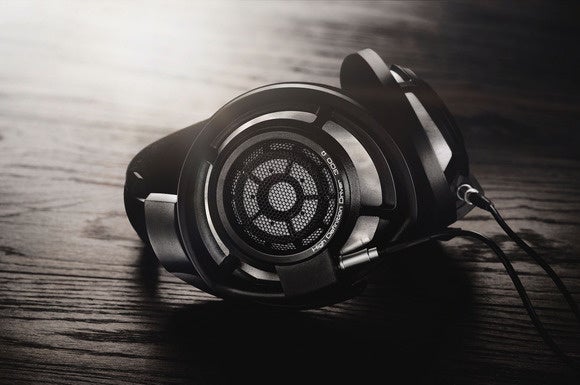
While most music lovers can’t afford Sennheiser’s $1699 HD 800 S headphones, you do want to use the best quality headphones you can afford with a high-res digital audio player. That likely means spending a few hundred dollars.
High-res music-download sites: The tracks you’ve ripped from CD are not high resolution, and you won’t find high-res music files at the iTunes, Amazon MP3, or Google Play stores, either store either—at least not yet. Upconverting those music files won’t magically transform them into high-resolution tracks, either—you can’t put in what was never there in the first place. Your best sources for purchasing high-res music files are online stores such as HDTracks.com, B&W Society of Sound, Linn Records, AcousticSounds.com, or iTrax.com. But buyer beware: Some sites classify tracks as high-res even though they were recorded and mastered at only CD quality (16-bit/44.1kHz).
Can you really hear the difference?
Now that’s the big question isn’t it? Can you really hear the difference? Read very carefully, as many manufacturers will claim something to the effect that their high-res music player “reveals more of the original musical performance than an MP3 player or smart mobile phones.” Saying high-res is better than MP3 is no better than saying a CD is better than an MP3 file. Of course it is, but many can’t hear the difference between an MP3 file and a CD (or a high-resolution track for that matter). Think you can? Try this online test from NPR.org (be sure to listen on the best-quality headphones or speaker system you have).
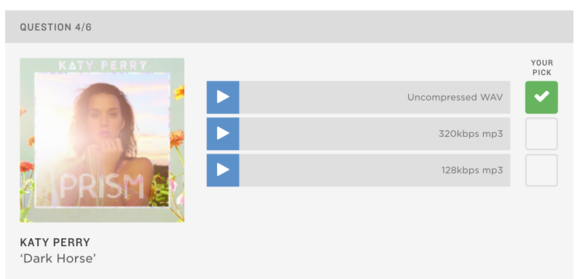
Think you can tell the difference between MP3 files and uncompressed WAV files? Take this test at NPR.org to find out.
Now things get muddier when it comes to the differences between CDs and high-resolution music files (you can download CD-quality and high-res files as part of this experiment conducted by Scott Wilkinson and Dr. Mark Waldrep on AVS Forum to see if you can tell the difference). That’s why you’ll oftentimes see manufacturers (and even high-resolution music sites) compare their stuff to MP3. So what’s the bottom line here? Properly recorded and mastered high-res music is the real deal, but don’t be surprised if you or your friends often can’t tell the difference between CD and high-res tracks.
Hi-res audio, high-res music: Not the same thing
Finally, we’ll open this can of worms ever so slightly. Hi-Res Audio and high-resolution music are not the same thing. Hi-Res Audio is a proper noun defining playback hardware, while high-resolution music refers to the actual music files. The two terms are sometimes used interchangeably, sowing confusion. What’s more, the term “high-res” hasn’t been usefully defined (see Bob Stuart’s article from the Journal of the Audio Engineering Society, “High-Resolution Audio A perspective.”
At the risk of oversimplifying the details, just know that “high resolution” is being defined by the audio industry as anything exceeding CD quality. For many, that definition simply isn’t good enough. If that’s you and you want to learn more about some of the issues surrounding high-resolution recording and playback, check out the Real HD-Audio blog by Dr. Mark Waldrep of AIX Records. Happy listening.


